Ponder with me the Supper Club, a Midwest dining institution that most everyone has heard of, but hardly anyone knows the history of.
Perhaps it has its roots around 1919, when passage of the Volstad Act ushered in the Prohibition era. Even though liquor was forbidden all around the country, folks still wanted to drink (and drink they did). In the Midwest, especially Wisconsin, drinking (and gambling) often took place in secret, frequently in older roadhouses, well outside the city police patrols. These places were referred to as “blind tigers” or speakeasies.
Gradually, hoping to encourage longer visits by a wider clientele, ownership began to offer a few food items like fried perch, sandwiches and burgers, and even deep-fried chicken.
And then, in 1933, PROHIBITION ENDED! You could drink again! But not all municipalities allowed consumption of spirits. You could have a beer, but not the hard stuff.
Consequently many blind tigers and speakeasies continued to operate as regular restaurants including hard liquor, sometimes called SUPPER CLUBS – variants of which I grew up with in central Illinois.
There was WAUNEE FARM, a few miles south of Kewanee, run by Bud and Agnes Ward.
Then there was DAVIDSON’S, owned by Kenny and Marie Davidson. Located (uncharacteristically for a supper club) in downtown Kewanee. When we could afford it, it was a family favorite because my mother worked at a nearby dress shop, and on Saturday nights my dad and I would sometimes pick her up and head over to Davidson’s for their signature “Chicken in the Rough” – a half chicken, battered and deep fried, then disjointed and served with a logo’d bib (and NO silverware). Even though you ate with your fingers, it seemed pretty fancy to 8-year-old only child, Master Philip. I think it cost $1.15 per person.
At meal’s end, the waitress (there were no waiters) delivered a small bowl of tepid water to the table. Not realizing it was fingerbowl intended to purge the chicken grease from one’s fingers (who could conceive of such a thing?), I took a big gulp – to the warped pleasure of all the sophisticated locals seated near us.
Rounding out our trio of supper clubs was BRACKEN’S, on the edge of town. Owner Bob Bracken had been an all-state high school pole vaulter (clearing 12 feet, 3 inches if I recall correctly), and his restaurant was the adopted home of the Kewanee Ballhawks girls softball team, which headed there after every home night game at Windmont Park. But it wasn’t just the big-boned gals of Kewanee who loved Bob’s manhole-sized deep-fried pork tenderloin sandwich. That was my go-to choice as well.
What really drew me to Bracken’s, however, was the prospect of a parking-lot dustup and fist-fight between the Ballhawks and the opposing team on those occasions when our team lost and words were exchanged, followed by blows. I cheered for our team to win, but God I LOVED it when they took a lickin.’
So were Bracken’s, Davidson’s and Waunee Farm actually SUPPER CLUBS?
Notwithstanding the fact that these establishments were only open for supper, they weren’t known as supper clubs. I’m not sure anyone in Kewanee had ever heard the term. But they did indeed have many attributes of the genre.
And what might those attributes be?
First, they were family owned and staffed. Mom and Pop were running the show, usually from the kitchen or the cash register. Their daughters, when old enough, pitched in as waitresses, and their boys started off as busboys or dishwashers.
Down-home hospitality was the rule. A meal was never rushed. Nor was it treated as quick drop-in before some other event – what we in the industry refer to today as “utility dining.” Rather, supper clubs were destination dining, meaning the restaurant wasn’t incidental to the evening’s entertainment. It WAS the evening’s entertainment. Keep in mind, also that for many diners, a meal at one of these establishments required a lengthy drive. After all, they were originally located in hard-to-find areas.
Reflecting the effort it took to get there, supper clubs styled themselves as places that were worth the drive – even high-class. They were definitely the venue to celebrate a special occasion, though affordability was also a defining trait. The clientele, after all, was not affluent. They were working folk. And a restaurant’s success hinged on being accessible enough to turn most customers into regulars.
Hence the menus typically featured local ingredients and reflected local habits. Friday Night Fish Fry would feature perch and walleye in Wisconsin, and perhaps Mississippi catfish (alongside grilled pork chops) in Illinois. I suppose it might have been lobster if it were in Maine.
Décor often reflected the owner’s tastes and hobbies – hunting, fishing, football, bowling…complete with trophies and taxidermy mounted on knotty pine walls. As a step up: perhaps deep red vinyl booths, tufted and studded.
Since I was too young to drink, I wasn’t aware of the emblematic status of the OLD FASHIONED COCKTAIL as a dinner prerequisite at supper clubs. Some surmise that the Old Fashioned – made with bourbon, bitters, a dash of sugar, orange slice and a neon-red maraschino cherry – was created during Prohibition in order to mask the taste of poor-quality hooch. I don’t know if that’s really true.
What I DO know is that my hometown restaurants weren’t just serving supper-club cocktails. They checked the boxes for complimentary relish trays, rolls (frequently cushy Parker House style), break sticks, cellophane-wrapped crackers, shrimp cocktails, onion rings, and baked potatoes wrapped in foil (served with a caddy of butter, sour cream, bacon and chives).
Deep-fried cheese curds? Never heard of ‘em growing up, but today they probably grace every supper club menu in Wisconsin.
BTW: the Wisconsin Old Fashioned is always made with brandy, not the traditional bourbon. The brand? Korbel.
So, a few weeks back we went to THE CREEKSIDE SUPPER CLUB at 48th & Chicago Avenue in Minneapolis. It’s a tribute to the supper clubs of the Midwest.
This place cuts the mustard on many levels…beginning with the stuffed “lunker” 12 pound walleye brazenly leaping above the fireplace and the warmth of the wood-paneled dining rooms with a liberal spattering of tchotchkes throughout.
We started with a basket of light, airy and buttery popovers – not exactly supper club fare, but who cares? They were DELICIOUS. We followed with an array of appetizers beginning with a revolving relish tray laden with shrimp, smoked salmon spread, sausages, marble rye toast, and various pickled items. It ran $29 and was plenty for the four of us. Other apps included Buffalo chicken wings, onion rings and deep-fried cheese curds…of course.
Two of us had a Wedge Salad, which was exceptionally cool and crispy, not to mention bacon-y and blue cheesy. The other two members of our party chose the dinner salad, included with the meal and appropriately topped with a sprinkling of shredded cheddar.
Then there was the obligatory Friday Night Fish Fry, which I believe is offered every night…..don’t know for sure. For $24, you get a healthy portion of beer-battered cod with coleslaw and fries. If they served mushy peas, I could have been in London for fish and chips. Or you could choose beer-battered walleye with fries for $29.
Joanne enjoyed her grilled salmon with basil/lemon butter ($28). She loves salmon.
We didn’t order the crispy chicken sandwich with bacon, nor the Creekside Burger with fries ($18). But the table next to us did, and both looked great.
As the Supper Club Rule Book states, “You shall have Prime Rib every Friday and Saturday Night” and indeed we did. 14 ounces, medium rare – generous, tender, juicy and beefy.
We didn’t save room for dessert, but instead opted for the luscious dessert cocktails that have charmed supper club drinkers for decades: A stiff Brandy Alexander, a minty Grasshopper, a nutty Pink Squirrel – all chilled, all creamy, all sweet ‘n boozy.
So, that’s it. A little HISTORY, a little NOSTALGIA, and a BIG NIGHT OUT AT CREEKSIDE.
A final note: I’m not sure where the term supper CLUB came from. Maybe back during Prohibition, these establishments called themselves social clubs and the name morphed into “supper club.” One thing’s for sure: No membership is necessary at the Creekside. There’s no hush-hush password. No dues. No secret handshake. All you need is the desire for a nice evening out.
WTF,
Phil
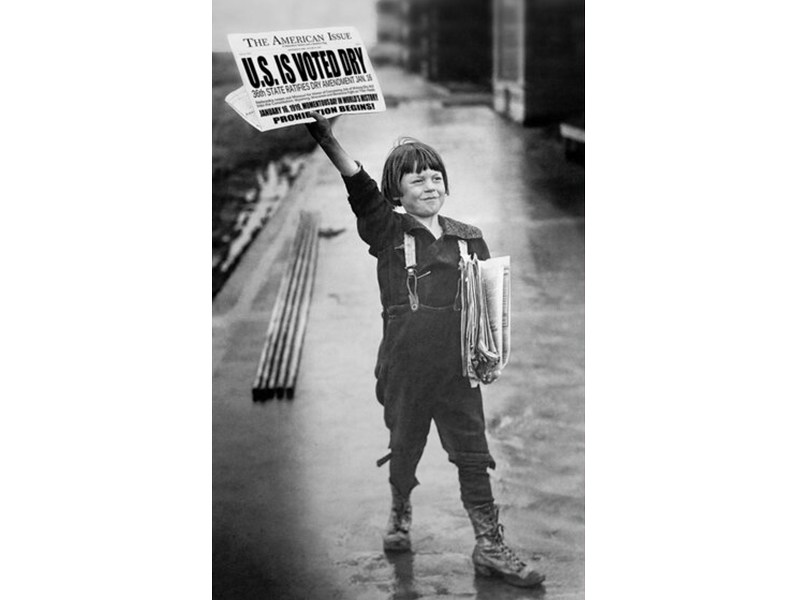

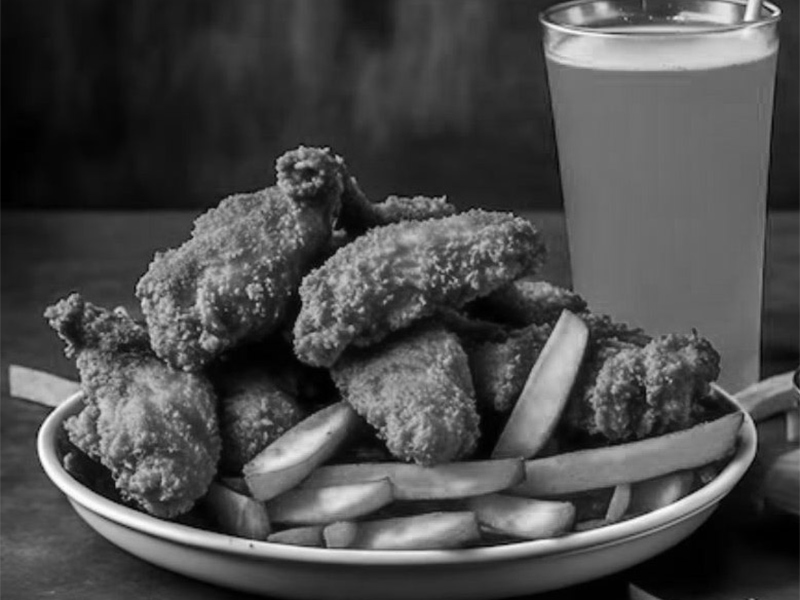
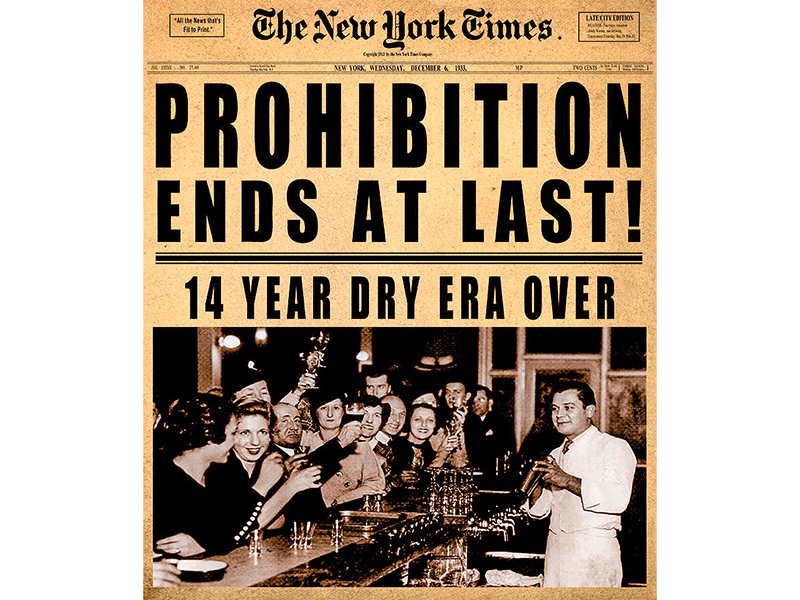
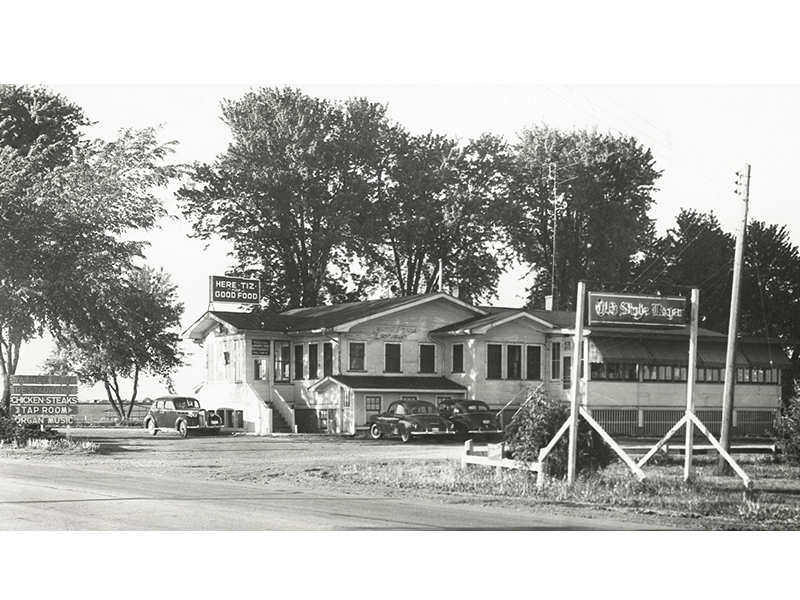
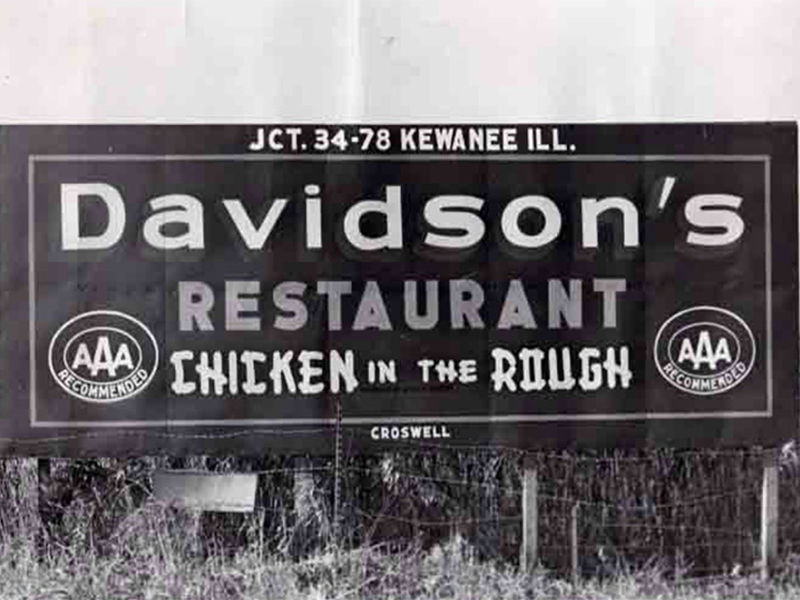
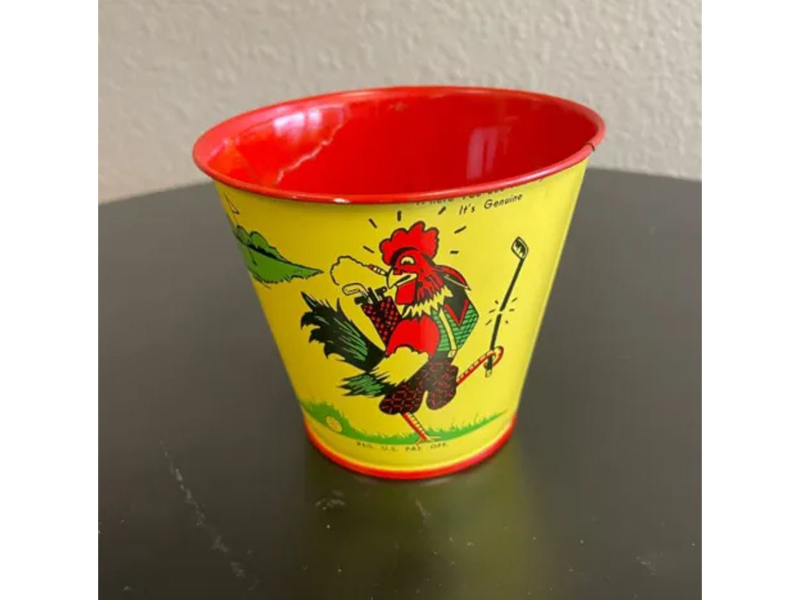
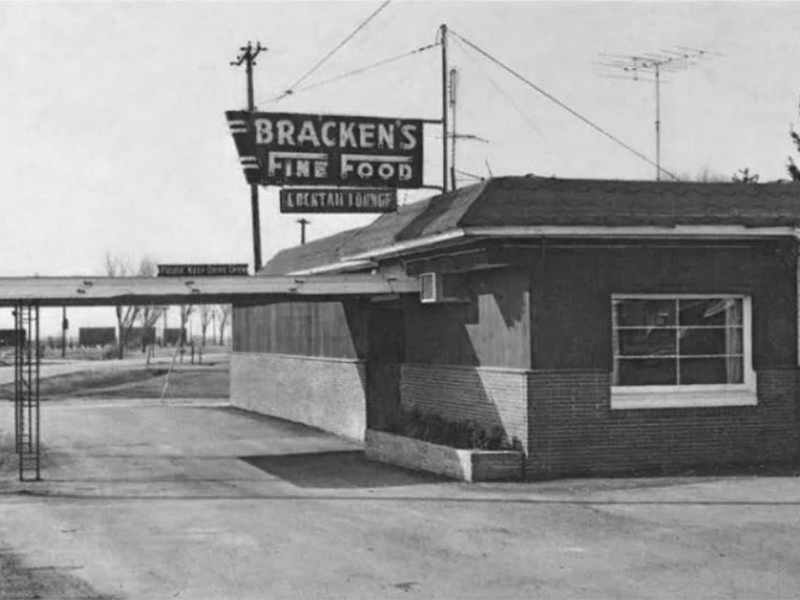

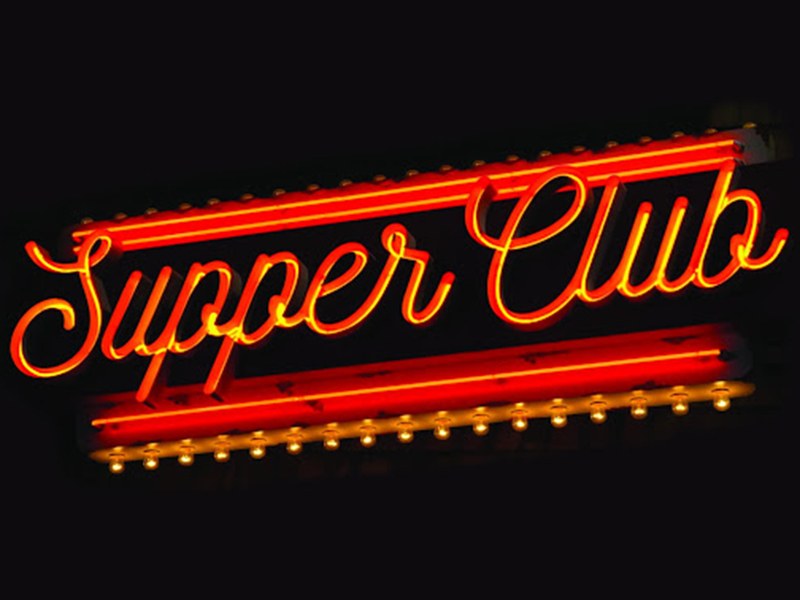
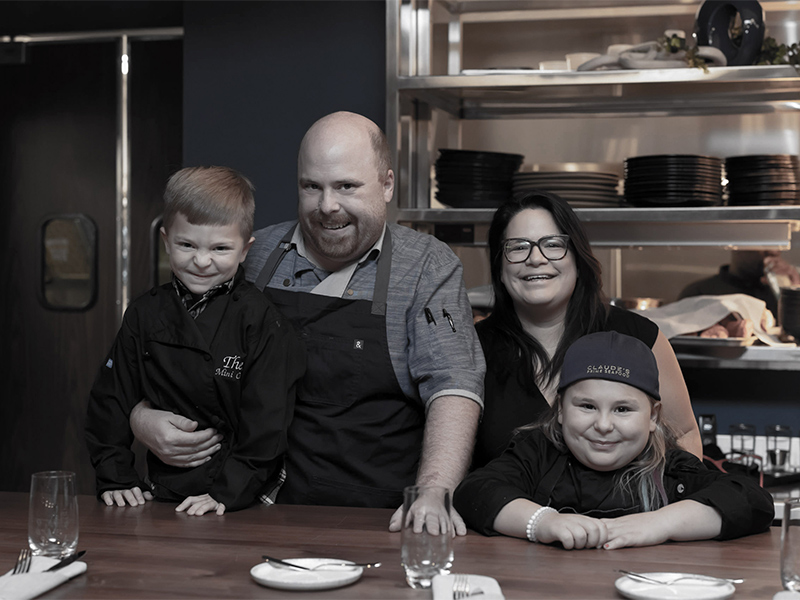
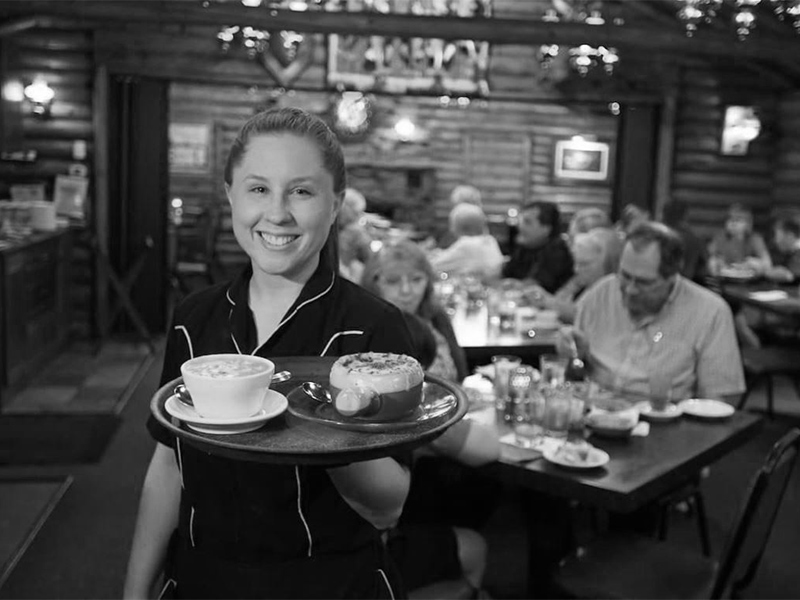
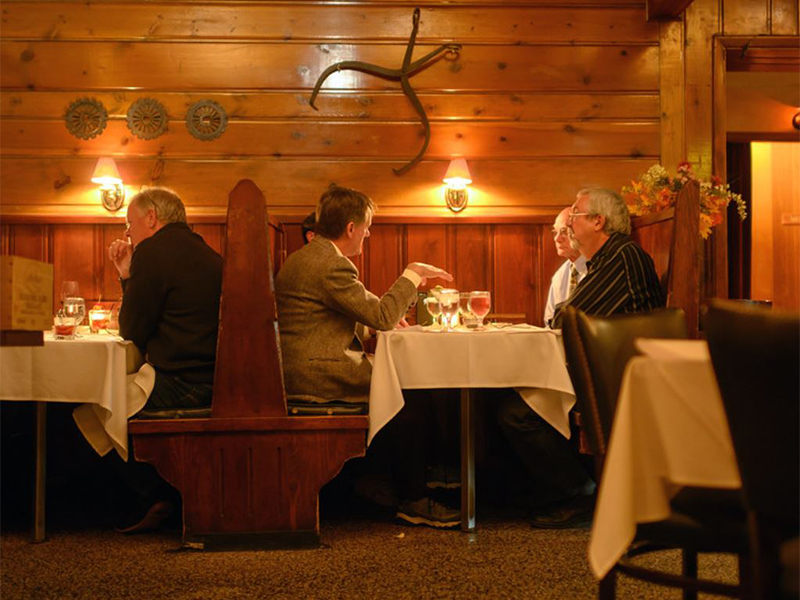
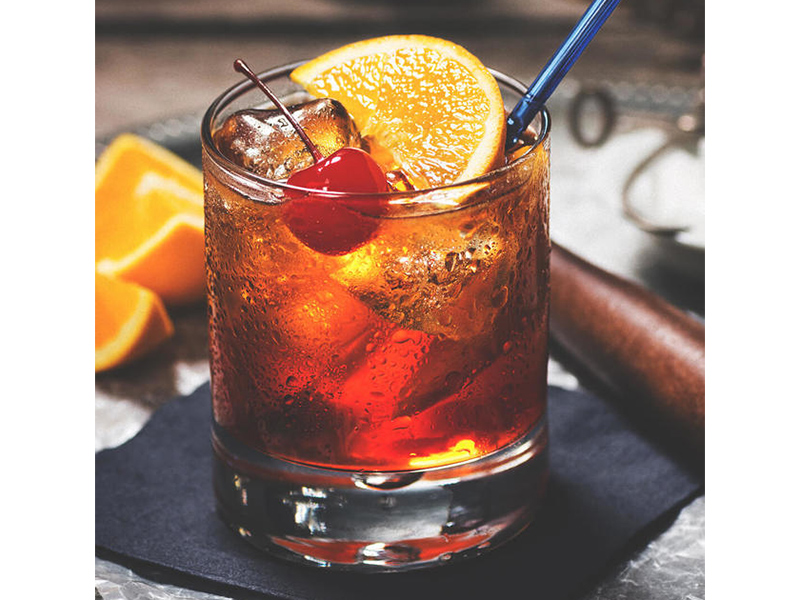
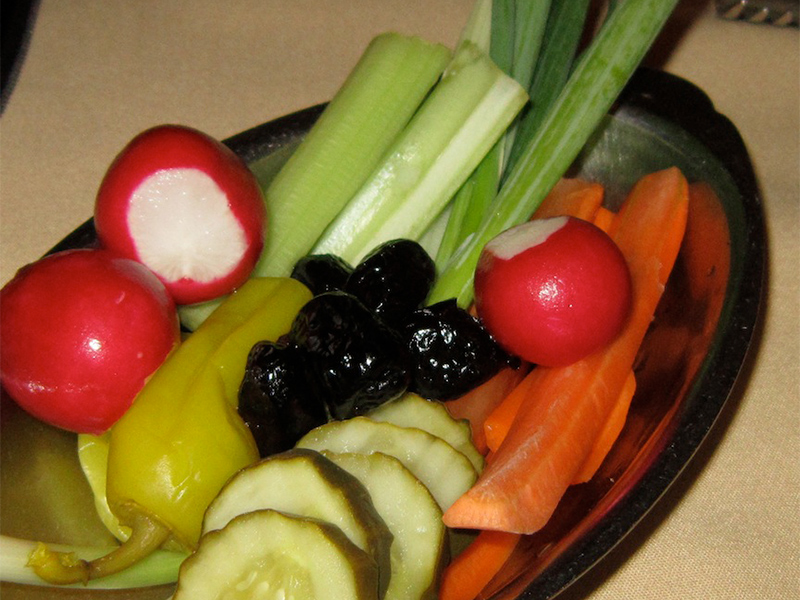
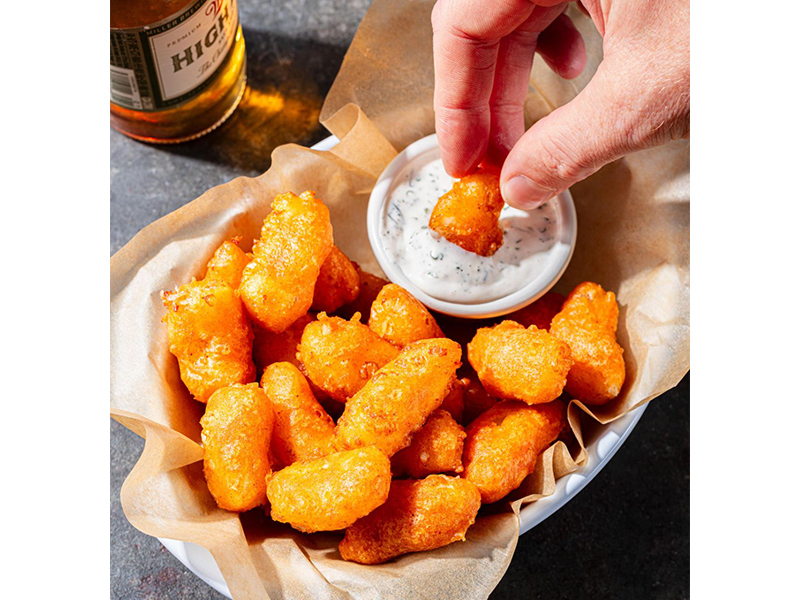
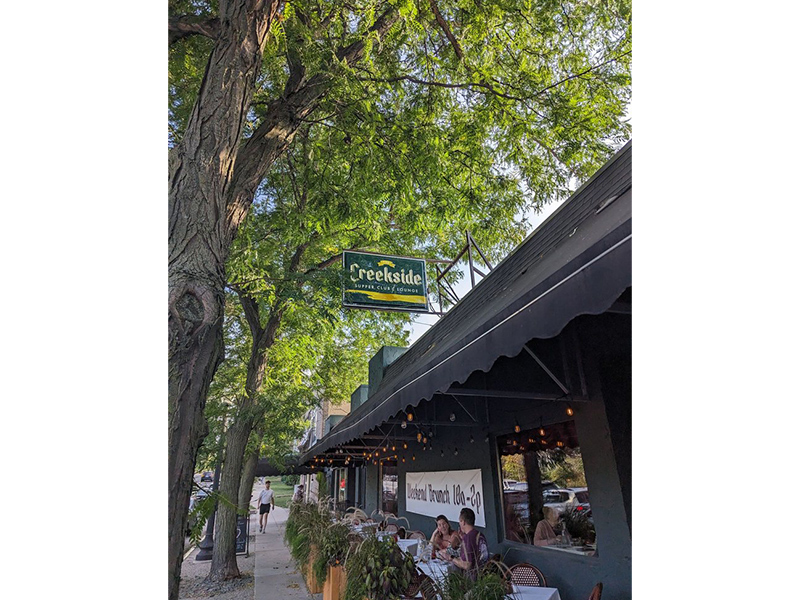
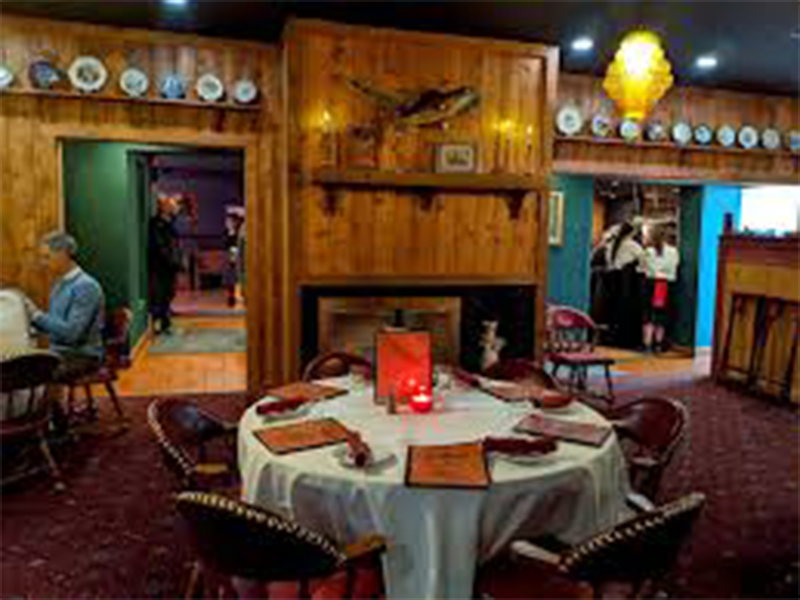
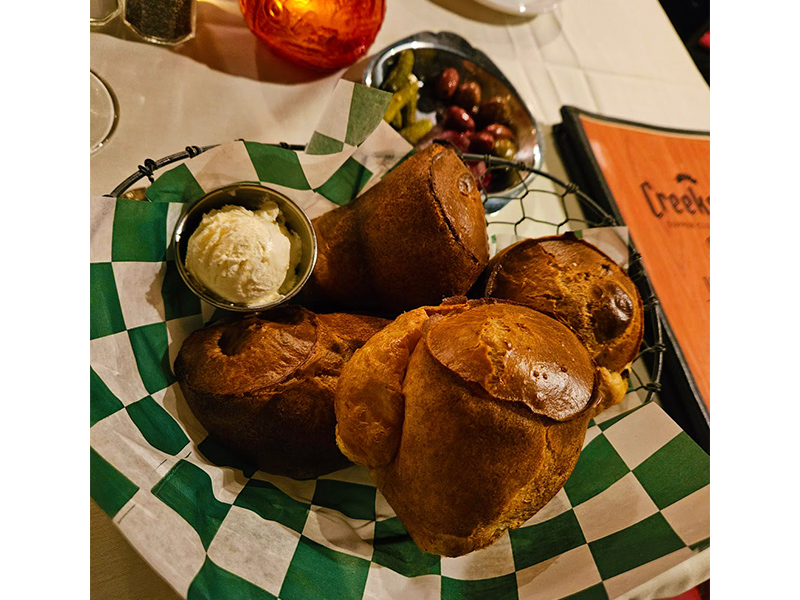
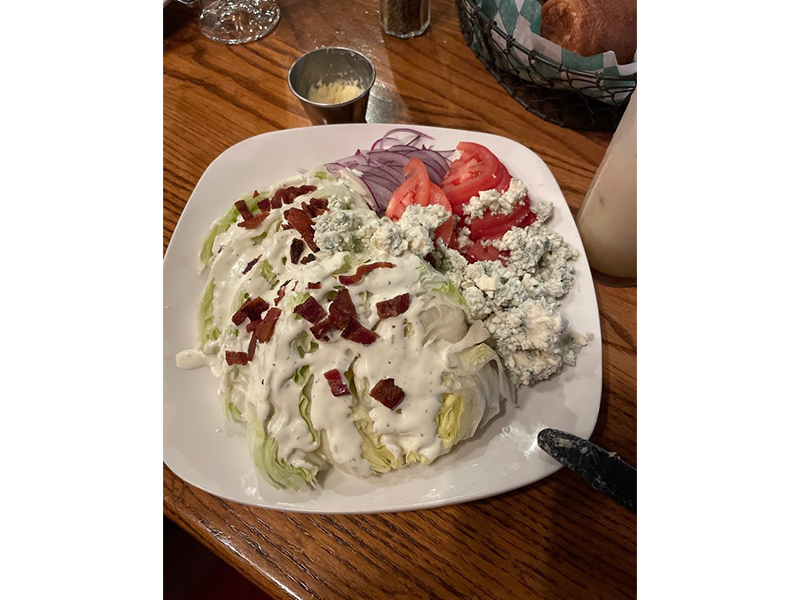
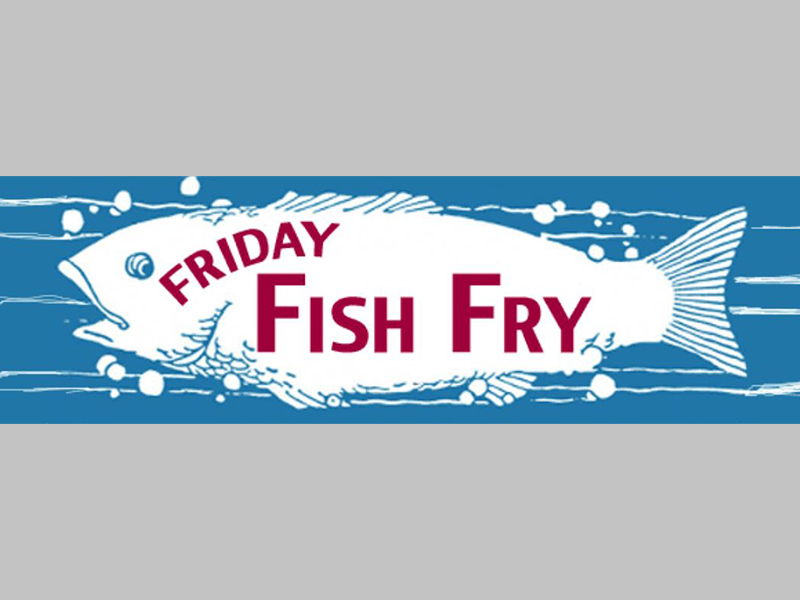
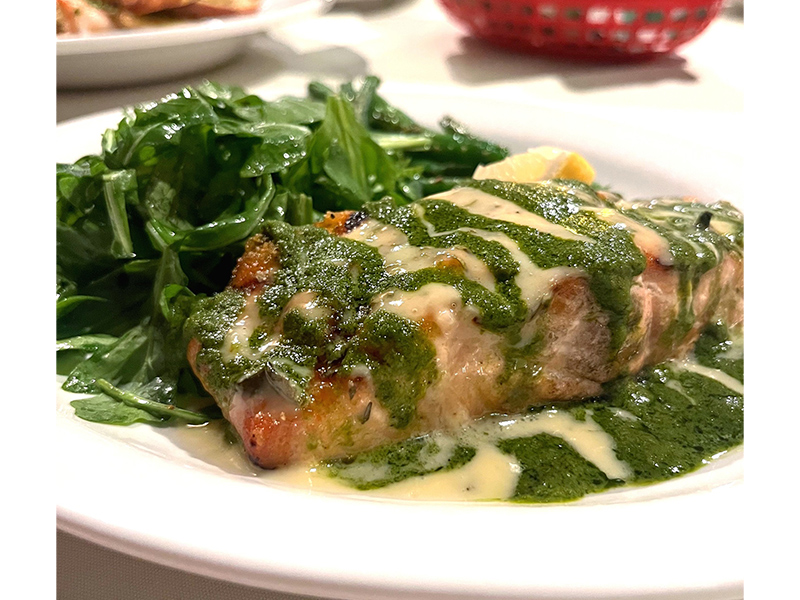
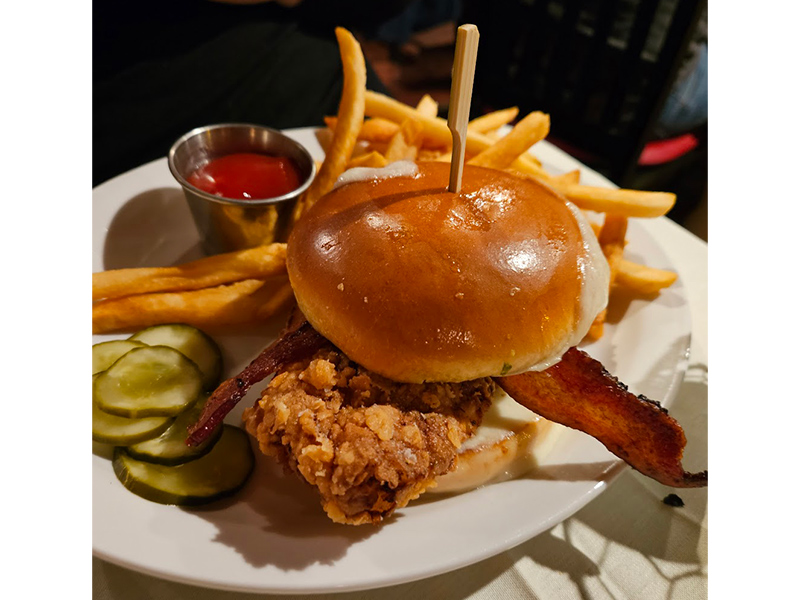
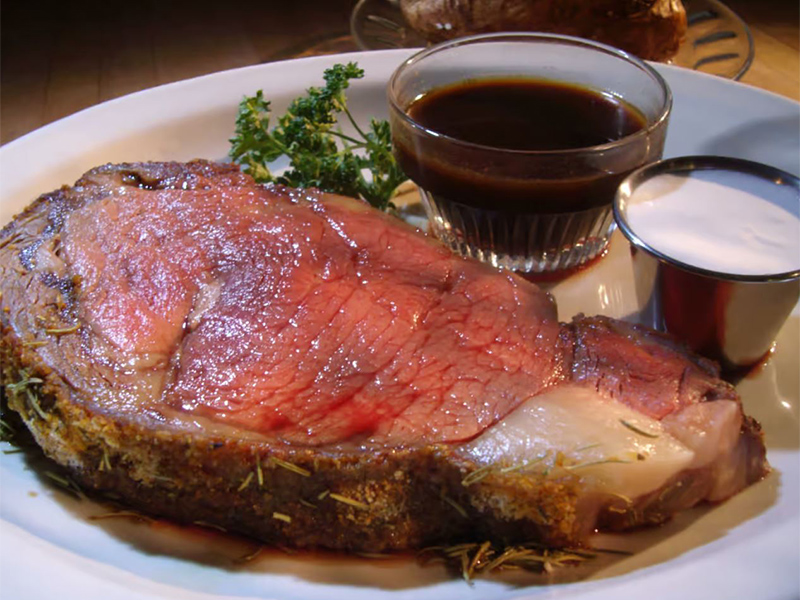
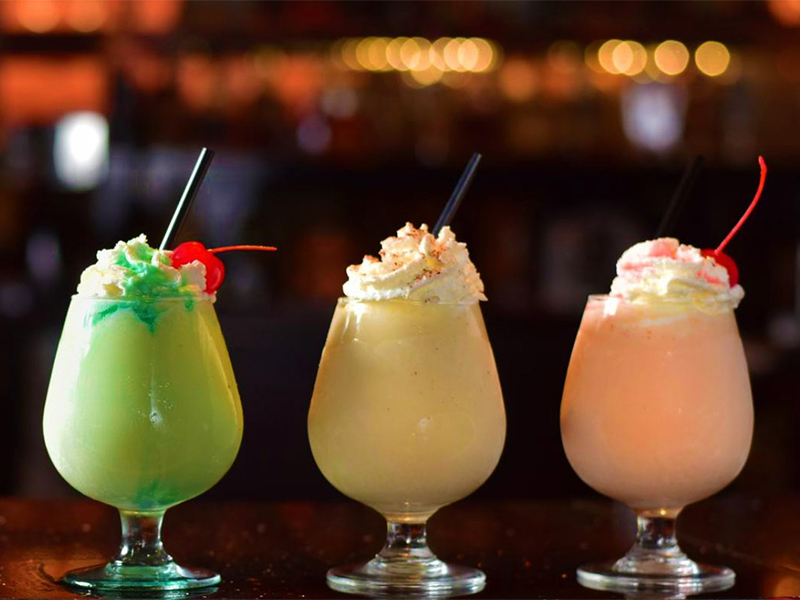
Great blog Phil. Hope you’re doing well.